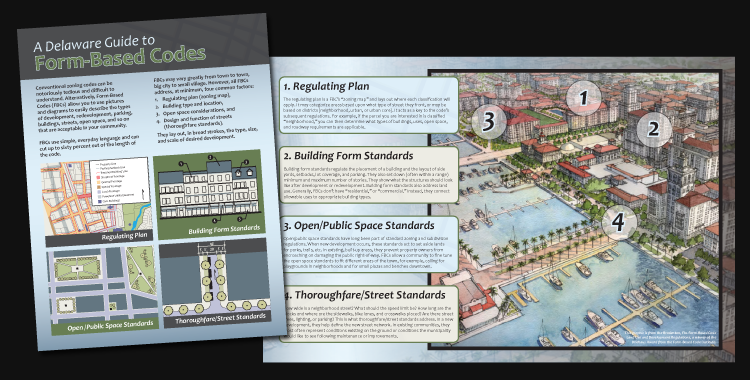
by Sarah Marshall Pragg | Dec 20, 2013 | News, Toolbox
The Delaware Office of State Planning Coordination and the Institute for Public Administration recently developed a new tool for planners in Delaware. A Delaware Guide to Form-Based Codes describes the four common factors of Form-Based Codes: Regulating plan (zoning...
by Sarah Marshall Pragg | May 19, 2012 | News
An article written by Federal Times on May 18, 2012 reports: At military installations, suburban-style sprawl is out and walkable communities are in under new planning guidelines issued by the Defense Department that call for “compact development.”
by Sarah Marshall Pragg | Apr 5, 2012 | News
This new report by the MSU Land Policy Institute examines Michigan placemaking projects that attract growth through the education of relevant stakeholders, transformation of policies, removal of barriers and creation of incentives. The report also shares strategies...
by Sarah Marshall Pragg | Feb 17, 2012 | News
The Congress for the New Urbanism (CNU) has compiled a set of principles and key characteristics into an easy-to-read and downloadable Sustainable Street Network Principles booklet. The booklet advocates that streets should be designed to play three simultaneous...
by Sarah Marshall Pragg | Feb 15, 2012 | News
The National Association of Realtors publishes On Common Ground twice yearly to focus on topics of Smart Growth, including enhancing the existing assets of a community, the long-term implications of various development patterns, and the fiscal impacts of these...


